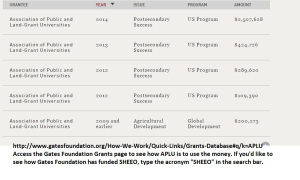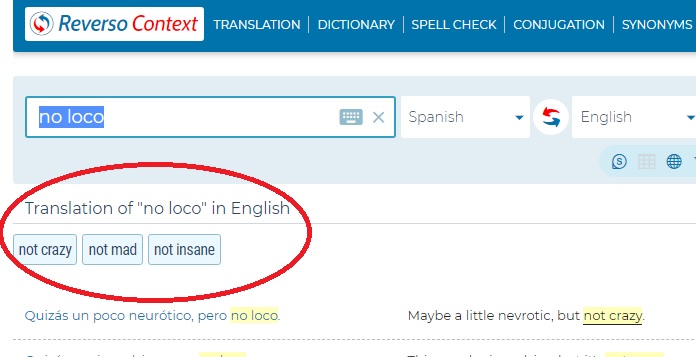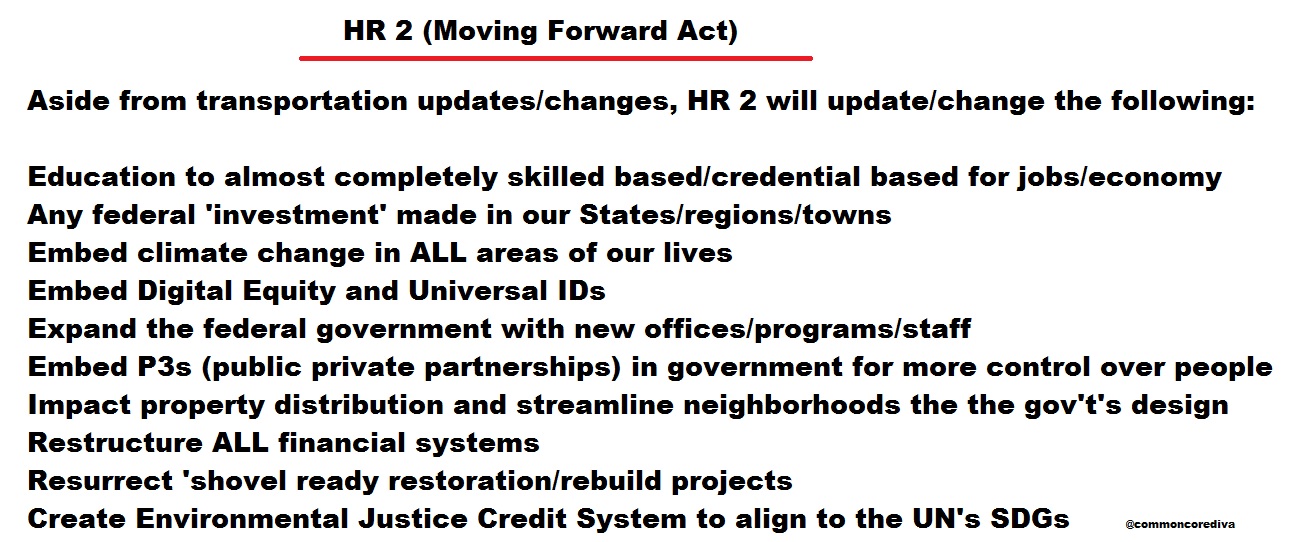Recently I saw where another anti-CCSS warrior posted on an anti-CCSS Facebook page about a Pearson Publishing RTI (Response to Intervention) Scale. Knowing how there’s always more behind the scope of Pearson in regard to Common Core, I went digging and discovered the RTI Action Network. (Their website: http://rtinetwork.org/) Of course, the site is set to be a tool for those with special needs. It’s part of the National Center for Learning Disabilities.

RTI: RTI Action Network’s founding partners include the AFT (American Federation of Teachers), the NEA (National Educators Association), as well as others. Most of these I’ve found to support the CCSS. Cisco Foundation also supports the RTI Action Network. Here’s their statement of support for CCSS (Common Core State Standards), “Cisco Borderless Networks solutions for core networking, secure wireless networks, and virtual desktops will help districts in Common Core states to meet the requirements for online assessment for every student in a district.” (see the rest of Cisco’s CCSS brochure:
http://www.totalcomm.com/mass/ProductInformation/CiscoCommonCoreBrochure.pdf)
Also in the RTI Action Network family are the implementing partners. Among them are also some well-identified CCSS supporters. For example, the Gates funded ASCD (Association for Supervision and Curriculum Development) is among those helping CCSS become entrenched. To see the other implementing partners refer to the website address in the first paragraph. Pearson Publishing’s Clinical Assessment arm is a sponsor of RTI Action Network, too (to access the other sponsors, http://www.rtinetwork.org/about-us/sponsors)
National Center for Learning Disabilities (NCLD): Their website, http://www.ld.org/ , has a tab ‘Advocacy’. You’ll want to access that to see the 4 pages of policy statements the organization has on their stance in education for those with special needs. Among them? Workforce, Career Tech Readiness and Higher Education; Competency Based Outcomes. (see: http://www.ncld.org/action-center/where-we-stand/?page=3)
What I found a bit interesting is in the NCLD’s mission statement is the purpose of ‘transforming schools’. Where did I find this? In their 2014 “State of Learning Disabilities 2014” Report. It includes all kinds of information. Including not only, Common Core, but, assessments, post-secondary career training, and more. On page 28 of this report you’ll find that those students with learning disabilities are entering community colleges, colleges, universities, vocational technical schools, and other similar schools. Now, knowing that community colleges are aligned or in the process of being aligned to CCSS (in some of my 2014 posts, I reported on how most community colleges in the USA were CC aligned already. I live in NC, where all our community colleges are 100% Common Core aligned), this should be quite alarming. Research has shown the CCSS is not geared to help those with special needs, learning disabilities, or those gifted. Further in the report, on page 35, you’ll find the CCSS component is to speed up the IEP (Individualized Education Plan) Process among other ‘advantages’. Be sure to look for the Longitudinal Study that’s been conducted on those with LD–it’s in the report as well. (see the entire report: 2014-State-of-LD-FINAL-FOR-RELEASE)
Back to the RTI Action Network:
Found on the RTI Action Network’s Resources page, I found the following document, “Common Core State Standards and Teacher Preparation: The Role of Higher Education” Published by the APLU (Association of Public and Land-Grant Universities), along with the Science and Mathematics Teacher Imperative (SMTI, which is a grant project of the APLU ), and The Leadership Collaborative (TLC, which is a National Science Foundation grant project) Working Group on the Common Core State Standards. Here’s an excerpt of why these 2 groups support higher education CCSS alignment, “Higher education plays multiple roles in ensuring the success of the Common Core State
Standards. In this brief, we lay out an action agenda for the role of higher education institutions in this collective work. Four are noteworthy:
1) Aligning higher education curriculum with K–12 curriculum (which includes both adapting admissions standards and revising curricula of first year courses that act as bridges between K–12 and college majors). What this looks like in reality? “The Common Core State Standards and accompanying assessments will allow teacher preparation programs to identify individuals to recruit in middle and high school, community college teacher pipeline programs, and university-based undergraduate teacher preparation
programs as freshmen.”
2) Preparing and educating teachers, both prospective and practicing (which includes revising curriculum in disciplinary departments to prepare teachers to teach the Common Core, revising professional preparation coursework and experiences, and working in partnerships with professional development programs). What this looks like in reality:
“In particular, an emphasis needs to be placed on the Standards for
Mathematical Practice, described in the CCSS, which paint a very different view of mathematics learning than is common in many content courses for teachers. Just as the CCSS outlines the knowledge and skills that will be expected of K–12 students, we will also need standards for teachers that outline the knowledge of mathematics and sciences that teachers will need in order to effectively teach the CCSS content.”
3) Conducting research on issues of teaching and learning the Common Core State Standards, teacher quality, and the implementation of the Common Core State Standards. What’s sad to point out here is that Finn and Petrelli’s 2010 Study about college and career readiness is cited here! The need for assessing teachers, for ensuring they are taught in the ways of CCSS, and other implementation ‘bonuses’.
4) Establishing and sustaining long-term partnerships with other actors and agencies in the educational system.” Those ‘actors’?? Oh, these include state educational departments, state level higher education agencies, and the P through 12th grade schools. “Yet responding to the CCSS will require states to reform teacher certification requirements, and those requirements include the entire university community. Furthermore, work must be done to better align the mathematical preparation of students between P–12 schools and higher education. Thus, it will be important for higher education to build stable, long-term partnerships with state education departments and with P–12 schools that include and extend beyond teacher preparation.”
The ‘Plan of Attack for Higher Education Staff’ includes:
1) Raise awareness of the CCSS with university presidents, provosts, deans and department chairs.
2) Build a coalition of actors to engage the multiple units across disciplinary departments and teacher education departments to consider their responsibility in responding to the CCSS. (more of how to do this will be further detailed in later pages of the report)
3) Build coalitions with higher education institutions across the state to build support for the CCSS, to ensure a commonality of vision, and to develop shared resources for responding to the CCSS.
4) Demonstrate a public commitment to be accountable to the needs faced by K–12 education by the CCSS.
5) Work with Government Relations Offices to communicate institutional support for the CCSS and to garner the resources needed to provide support for implementation efforts.
Included will be education task forces, more partnerships, SHEEO, and other CCSS friendly groups. (If you aren’t sure who SHEEO is, see my article, https://www.commoncorediva.com/2014/11/11/ftf-tuesday-meet-sheeo/) There will be a ramping up of STEM (if you think STEM is a safe educational endeavor, please see my eye-opening report about how STEM, CCSS, and a President’s Council (which includes the National Science Foundation’s input) are all impacting our schools as we speak). https://www.commoncorediva.com/2014/09/02/from-the-files-pcast-stem-and-common-core/ There’s also plans for aligned curriculum (remember how we’ve been told repeatedly the CCSS isn’t curriculum, it’s just standards?!)
Here’s the entire report for your perusual: APLU_CCSS_Discussion_Paper
Association of Public and Land-Grant Universities: Their website, http://www.aplu.org/ includes a map of all the qualifying universities (see:http://www.aplu.org/page.aspx?pid=249) , major projects, and news underwritten by the Kellogg Foundation to support higher education reform, complete with ‘partnerships’. If you search their site with “Common Core Standards”, you should get back 660 reports, stories, or tags. Oh, yeah, I almost forgot, APLU has received copious Gates Foundation funding. Click on the picture to enlarge it to see amounts of money.
So, in closing, as we’ve discovered when it comes to not only Pearson, but of Gates, now SHEEO, and the others mentioned here, the movement to align those with learning disabilities is a long, twisted mess with Common Core thrown right in the middle of it all.



I don’t get why all this matters.
What portion of Common Core do you think does matter?